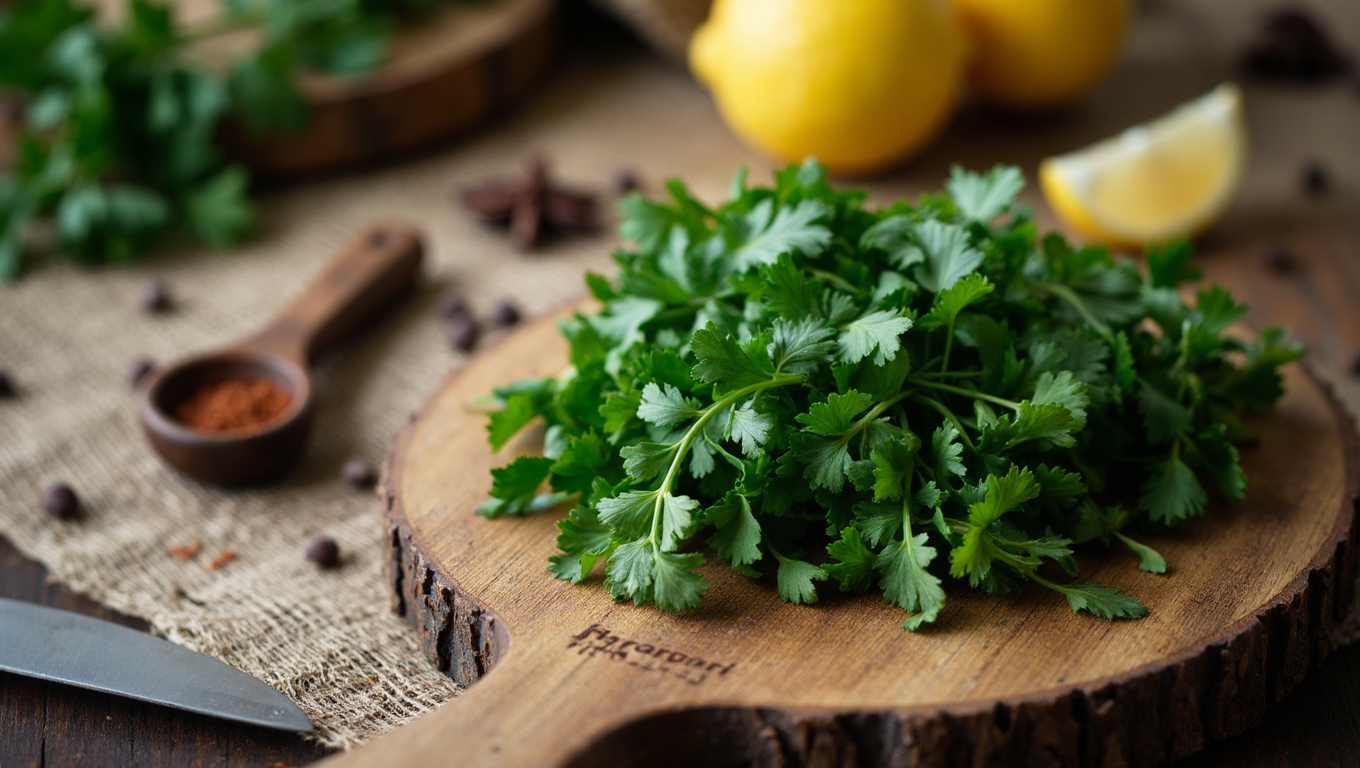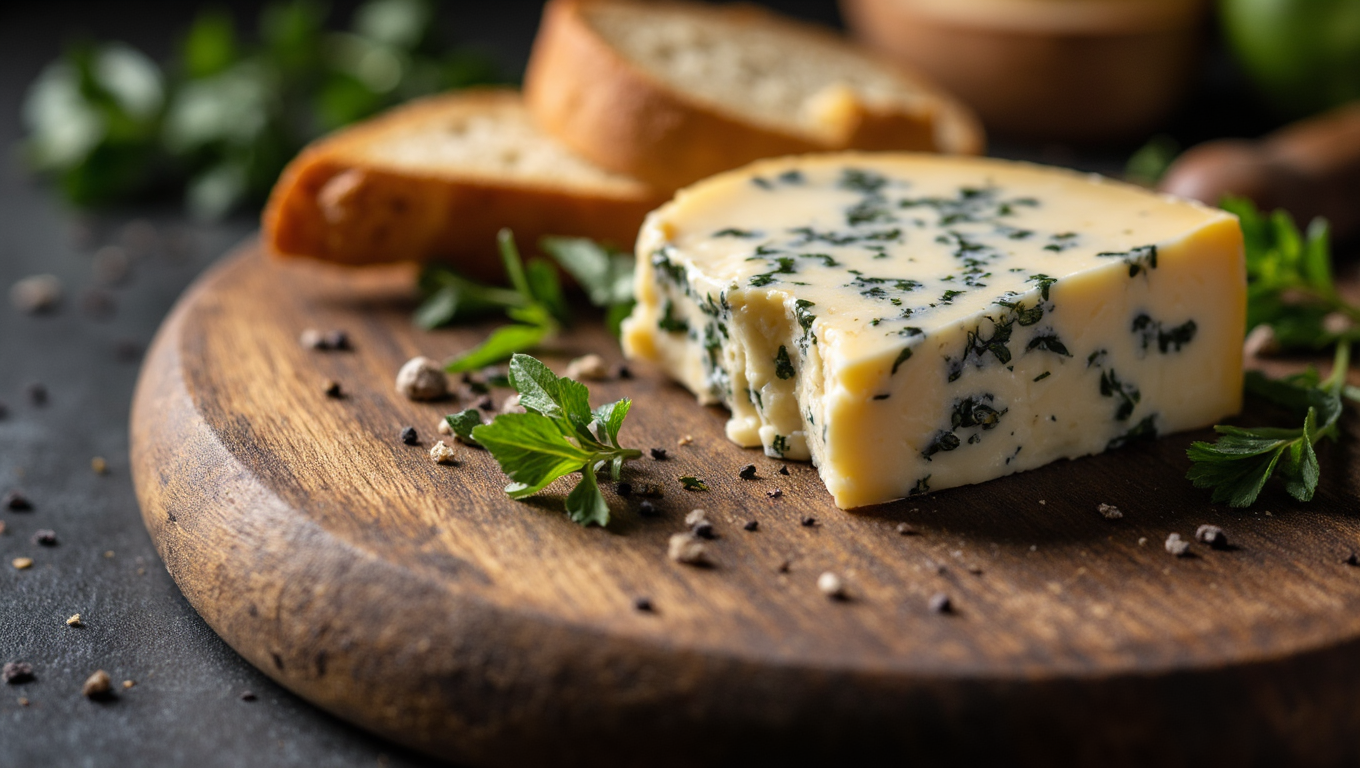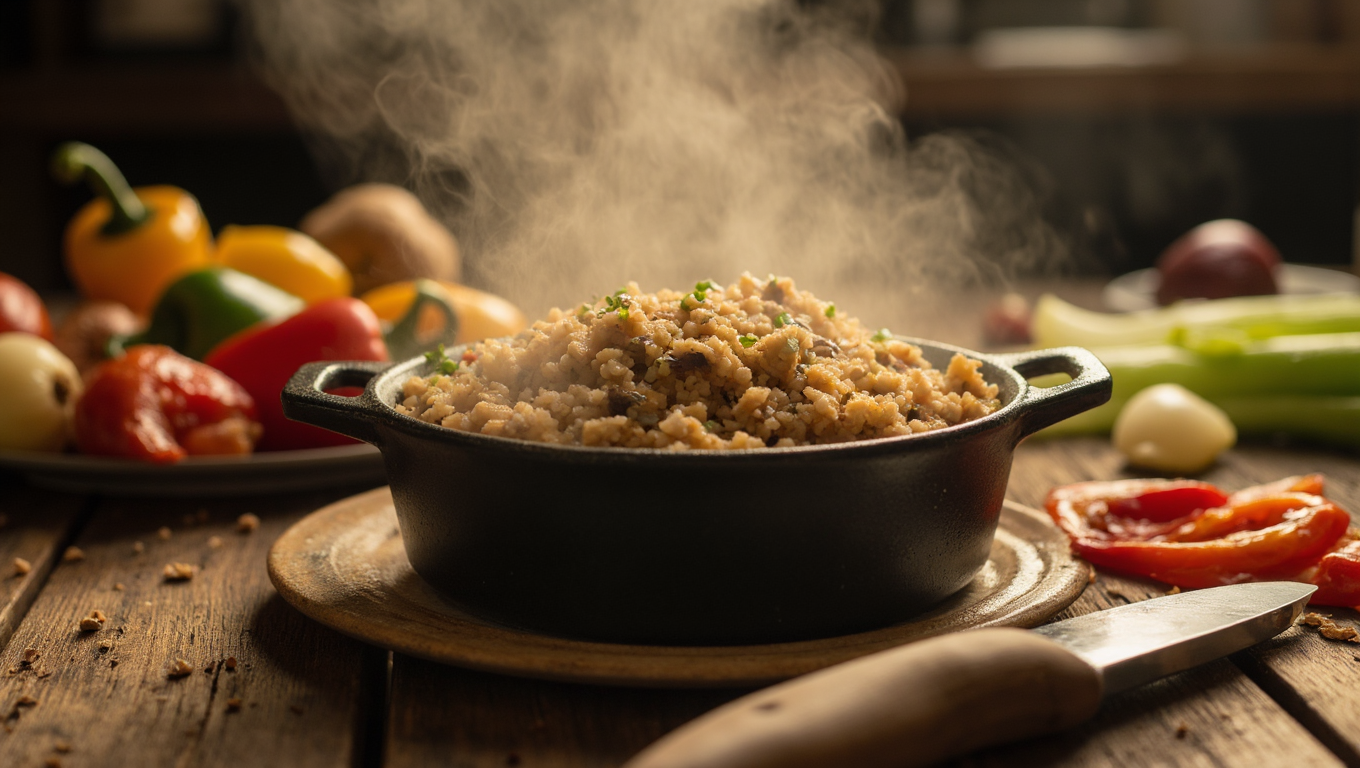Koriandri, a name that dances on the tongue and captivates the senses. This vibrant herb has found its way into kitchens around the world, earning a special place in countless culinary traditions. But what is it about koriandri that makes it so beloved? Its distinct flavor profile can elevate any dish from mundane to extraordinary.
Whether you’re a seasoned chef or just starting your journey in the kitchen, this herb holds endless possibilities. From zesty salads to fragrant curries, koriandri adds depth and freshness like no other ingredient. Join us as we dive into the fascinating world of koriandri exploring its history, health benefits, cooking applications, and even tips for growing your own! Get ready to embrace this magical herb in your culinary adventures.
What is Koriandri?
Koriandri, often known as coriander or cilantro, is a vibrant herb that adds flair to dishes around the world. Its leaves are delicate and feathery, with a bright green hue that catches the eye.
The flavor profile of koriandri can be polarizing. Some adore its fresh, citrusy notes, while others find it reminiscent of soap. This unique taste makes it an essential ingredient in various cuisines.
Both the leaves and seeds of koriandri have culinary uses. The leaves are typically used fresh in salads and salsas, while the seeds known as coriander are ground into spice blends for warmth and depth.
Beyond just enhancing flavors, koriandri also boasts numerous health benefits. It’s rich in antioxidants and vitamins that promote overall well-being. Whether you embrace it wholeheartedly or approach it cautiously, there’s no denying its charm in gastronomy.
The History and Origin of Korianderi
Koriandri, known as coriander in many parts of the world, has a rich history that dates back thousands of years. This herb is believed to have originated in regions spanning Southern Europe and Northern Africa. Archaeological evidence suggests its use by ancient Egyptians, who prized it for both culinary and medicinal purposes.
As time passed, koriandri traveled along trade routes into Asia and beyond. Its unique flavor quickly captivated diverse cultures. The Greeks and Romans also embraced this aromatic herb, often using it in their cooking.
In India, koriandri became a staple ingredient in various regional cuisines. It found its way into curry blends and chutneys, adding depth to dishes across the subcontinent.
Today, this beloved herb continues to thrive globally. From fresh leaves to dried seeds, its versatility remains unmatched in kitchens around the world.
Health Benefits of Korianderi
Koriandri, or coriander, is more than just a flavor enhancer. It’s packed with health benefits that can elevate your well-being.
This herb is rich in antioxidants, which help combat oxidative stress in the body. By fighting free radicals, koriandri supports cellular health and may reduce the risk of chronic diseases.
Additionally, it boasts anti-inflammatory properties. This makes it beneficial for those dealing with conditions like arthritis or digestive issues. Many people find relief from bloating and gas when incorporating it into their meals.
Koriandri also has antimicrobial qualities. It can help fight off harmful bacteria and promote gut health. Some studies suggest it may even assist in lowering cholesterol levels.
With its vibrant flavor profile and nutritional advantages, kori andri is an excellent choice for anyone looking to enhance both their dishes and their overall health.
How to Use Korianderi in Cooking
Koriandri, with its bright green leaves and aromatic seeds, can transform any dish. Start by using fresh leaves as a vibrant garnish. They add a pop of flavor to salads and salsas.
For soups and stews, toss in the chopped leaves towards the end of cooking. This preserves their fresh taste and color.
The seeds are equally versatile; they can be toasted for depth or ground into spice blends. Think curries or marinades that benefit from their warm undertones.
When experimenting, consider pairing koriandri with citrus fruits for a refreshing zing in dressings or dips.
You can also blend it into sauces for an herbaceous kick that elevates grilled meats or roasted vegetables.
Popular Dishes That Feature Korianderi
Koriandri, or coriander, is a star ingredient in countless dishes around the globe. Its bright flavor brings an invigorating touch to recipes.
In Indian cuisine, you’ll find koriandri prominently featured in curries and chutneys. It adds depth and freshness that perfectly balances spices.
Mexican salsas also celebrate this herb. Freshly chopped kori andri enhances guacamole and pico de gallo with its zesty notes.
Middle Eastern dishes often incorporate it as well. Think tabbouleh salad or falafel; both benefit from the herb’s unique aroma.
Thai cooking showcases kori andri too, particularly in soups like Tom Yum where it complements chili and lime beautifully.
Even Western cuisines are embracing this versatile herb! From garnishing tacos to adding flair to pasta salads, the choices are endless. The culinary world truly embraces every aspect of koriandri’s charm.
Growing and Harvesting Your Own Korianderi
Growing your own koriandri can be a rewarding experience. This herb thrives in well-drained soil and prefers full sunlight. Choose a spot in your garden that receives ample light throughout the day.
Start with seeds, as they germinate quickly. Sow them about half an inch deep, spacing them a few inches apart to allow for growth. Keep the soil moist but not soggy; too much water can lead to root rot.
Once sprouted, watch for their vibrant green leaves emerging from the earth. Kori andri grows fast, so you’ll have fresh herbs within weeks!
Harvesting is just as simple—clip off the outer leaves when they reach around six inches tall. Leave some inner foliage intact for continued growth. Enjoy adding homegrown koriandri to your dishes and savoring its freshness right from your garden!
Embracing the Versatility of Koriandri in Your Kitchen
Koriandri, or coriander, is more than just a garnish. This herb brings vibrant flavor to countless dishes and can transform the ordinary into the extraordinary.
Use fresh leaves in salads for a burst of freshness. Their bright flavor complements citrus dressings beautifully. In salsas and dips, koriandri adds depth that elevates your favorite appetizers.
Don’t overlook its seeds either. Ground coriander lends warmth to spices blends and stews. It’s ideal for curries, lending an earthy note that ties ingredients together seamlessly.
Experiment with koriandri in smoothies too! Its refreshing taste harmonizes well with fruits like mangoes and pineapples while enhancing nutritional benefits.
Whether you’re cooking traditional recipes or exploring new cuisines, this herb adapts effortlessly. Embrace its versatility; let it inspire creativity in every meal you prepare at home.
Final Thoughts
Koriandri holds a special place in the world of culinary delights. This herb, with its distinct flavor and aroma, enchants dishes across various cuisines. From vibrant salsas to fragrant curries, koriandri elevates the dining experience.
Its rich history connects us to ancient civilizations that cherished this herb for both culinary and medicinal purposes. Today, we recognize its health benefits packed with antioxidants and vitamins that contribute positively to our well-being.
Using koriandri in your cooking opens up a realm of possibilities. Whether you sprinkle it fresh over salads or blend it into sauces, each dish takes on a new character. The versatility of koriandri encourages creativity in meal preparation.
For those looking to connect more deeply with their food sources, growing your own koriandri is rewarding. With minimal effort and care, you can cultivate this aromatic herb right at home.
Embrace the magic of koriandri in your kitchen today. It’s an ingredient that not only enhances flavors but also brings joy through its rich heritage and numerous uses. Let this beloved herb inspire your next culinary adventure!





